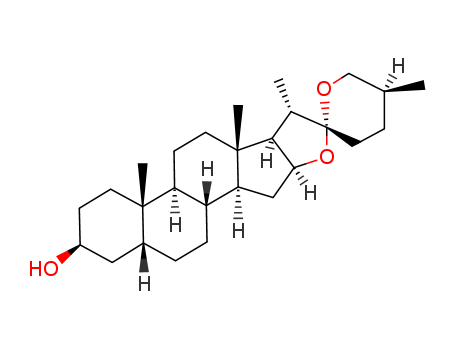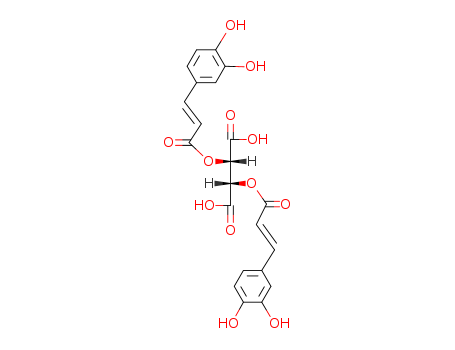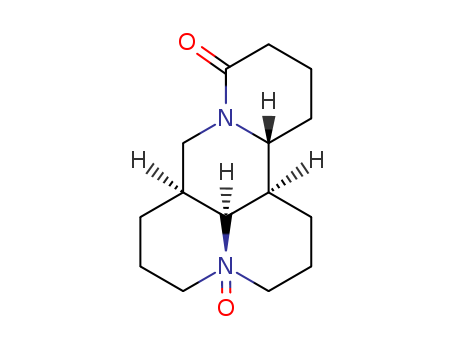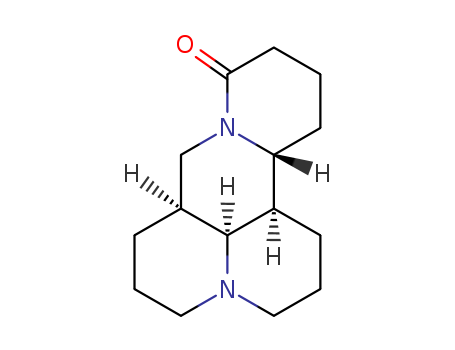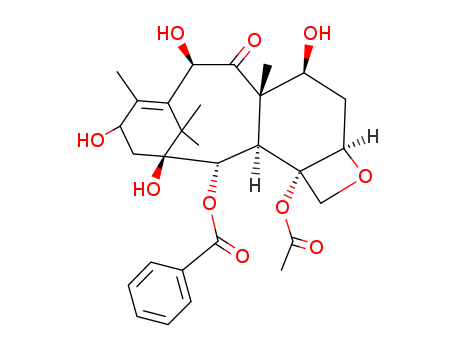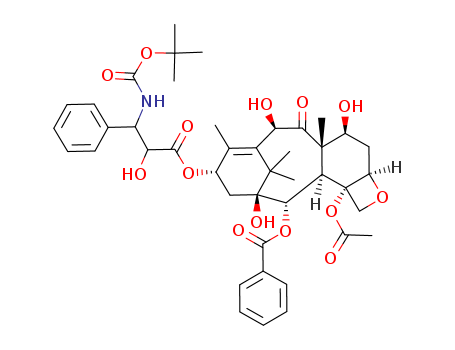Quick Details
- ProName: Hesperidin
- CasNo: 520-26-3
- Molecular Formula: C28H34O15
- Appearance: Tan or light Brown Powder
- Application: Cardiovascular health / Blood glucose ...
- PackAge: 25/KG per paper drum or packed with li...
- Purity: 90%-99%
- Storage: Store in cool & dry place. Keep away f...
- LimitNum: 25 Kilogram
Superiority
HesperidinStandardized Hesperidin powder.
Botanical Source: Citrus aurantium. L
Appearance: Tan or light Brown Powder
Purity of active compounds: 9…
Details
HesperidinStandardized Hesperidin powder.
Botanical Source: Citrus aurantium. L
Appearance: Tan or light Brown Powder
Purity of active compounds: 90%-99% Hesperidin
CAS No.: 520-26-3
Water: not more than 5.0%
Package: 25/KG per paper drum or packed with little parcel.
Sample/ COA / MSDS are available
Studies of the product: Hesperidin is a Flavonoid found in citrus fruits. Hesperidin is the predominant flavonoid in lemons and oranges. The peel and membranous parts of these fruits have the highest hesperidin concentrations. Therefore, orange juice containing pulp is richer in the flavonoids and hesperidin than that without pulp. Sweet oranges (Citrus sinensis) and tangelos are the richest dietary sources of hesperidin. Hesperidin is classified as a Citrus bioflavonoid. Hesperidin, in combination with a flavone glycoside called diosmin, is used in Europe for the treatment of venous insufficiency and hemorrhoids. Hesperidin, Rutin and other flavonoids thought to reduce capillary permeability and to have anti-inflammatory action were collectively known as vitamin P. These substances, however, are not vitamins and are no longer referred to, except in older literature, as vitamin P.
Contact us to request more information.







